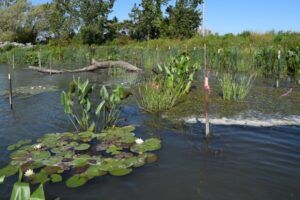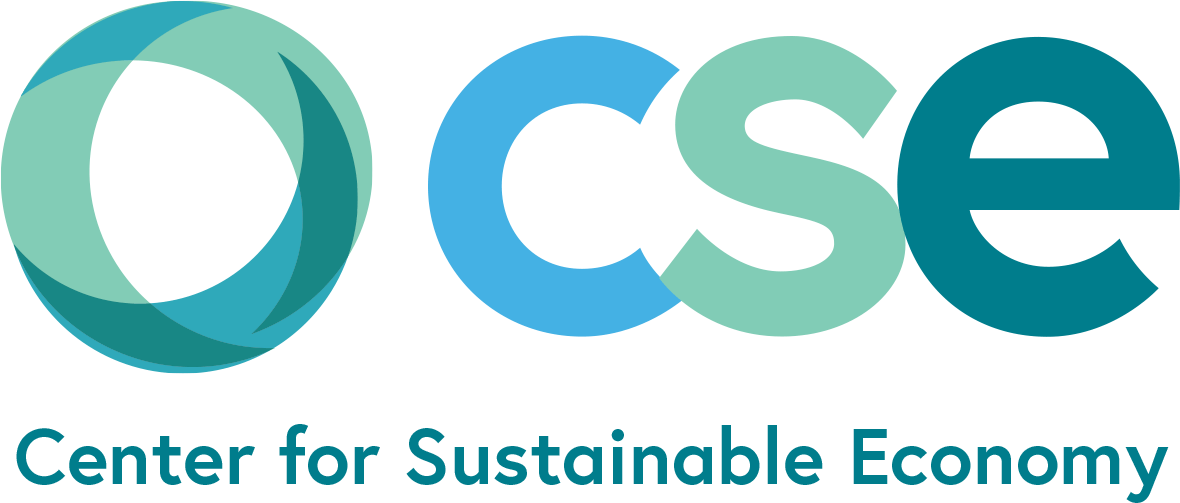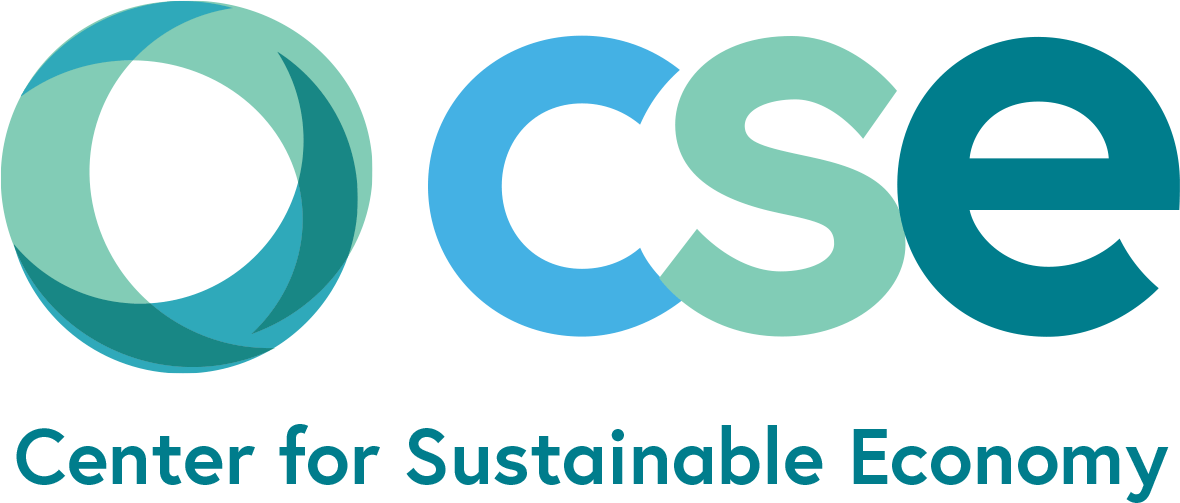Green vs. Gray: Nature's Solution to Infrastructure Demands of the 21st Century
John Talberth • Jun 01, 2021
In 2016, CSE teamed up with researchers at World Resources Institute to develop a replicable methodology cities and counties can use to analyze the relative costs and benefits associated with green vs. gray investments to achieve water quality related goals. The paper was published in the journal Solutions, and can be read in full here. Find below a summary and a list of key concepts:
In Brief
Substitution of nature’s services for technological alternatives has been pursued with almost religious zeal as societies have industrialized over the past three centuries. But the time for reverse substitution may be upon us. In a wide variety of settings, from water purification to climate change adaptation, investors are increasingly considering the worthiness of green solutions such as mangrove restoration rather than conventional gray investments like sea walls. But in times of fiscal austerity, cost-effectiveness is paramount. The problem is that infrastructure investors do not have a consistent and robust way to compare gray with green infrastructure in an apples-to-apples manner that is convincing to budget hawks. As a result, green solutions are often neglected. Here, we present the contours of a general methodology called green-gray analysis (GGA) and demonstrate its usefulness in a green-gray tradeoff facing the Portland Water District in Maine. Results provide evidence for the superiority of green investments in several scenarios, purely on financial terms. When ancillary benefits such as carbon sequestration or passive use values for Atlantic salmon are factored in, the case becomes even more compelling. A replicable GGA methodology can be one important solution for scaling up green infrastructure investments worldwide.

Key concepts
- Investments in so called “green” infrastructure solutions such as agricultural and forestry best management practices are increasingly recognized as cost-effective ways to achieve environmental quality outcomes relative to traditional investments in “gray” infrastructure, such as wastewater treatment or water filtration plants.
- Despite this, there is no consistent and accessible methodology available to decision makers for investigating the financial tradeoffs.
- This paper suggests such a methodology—green-gray analysis (GGA)—and demonstrates its application by considering a green-gray case study involving the Portland Water District (PWD) in Maine.
- This application suggests that investing in five green infrastructure options could represent either a cost savings of up to 71 percent over constructing a new filtration plant or a cost increase of up to 44 percent. Uncertainty over green infrastructure efficacy and costs accounted for this wide range of outcomes in six modeled scenarios. The PWD analysis demonstrates the usefulness of a general methodology, but also identifies significant data gaps that need to be filled to make GGA more widely applicable.
- By working out the details of a replicable methodology, it is our hope that infrastructure investors who typically opt for gray can routinely evaluate the financial and economic benefits of green in their formal decision making process.
Share Post
All Rights Reserved | Center for Sustainable Economy


